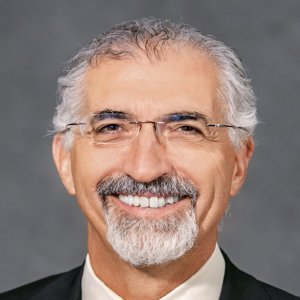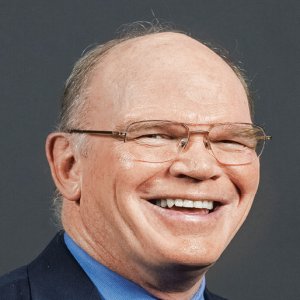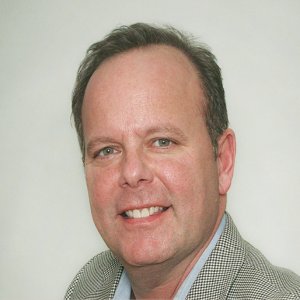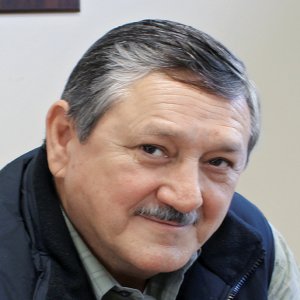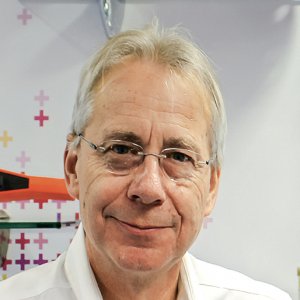Lifecycle Services for Mining Operations

STORY INLINE POST
Q: What role has Siemens played in the development of the Mexican mining industry?
A: Siemens has a long and fruitful history in Mexico that began over 120 years ago when we implemented the first public lighting system along Reforma in Mexico City. Today Siemens boasts over 6,000 employees in Mexico and has nine manufacturing sites in strategic locations like Monterrey, Guadalajara, Queretaro, and Ciudad Juarez. Siemens has played a major role in Mexico by helping the country with technology in different sectors like industry, infrastructure, healthcare, and power generation. We have worked successfully with both private and public companies. In mining, we encompass the entire value chain and lifecycle of a mine. In the exploration stage we provide engines and instrumentation that enable the extraction processes, while in the production stage we provide drives and control systems for use throughout the mine, as well as mobile substations and onsite power distribution equipment. Not only do we provide hardware, but we also have a strong services and consultancy division for mining.
Q: How has the Totally Integrated Power Solution been implemented in Mexico, and what are its benefits?
A: Mining operators require safe a power supply since they must work under challenging circumstances. The stakes are high since they must meet productivity goals and guarantee continuous operations of many variables like conveyor belts, crushers, mills, and float lines. Siemens’ Totally Integrated Power (TIP) takes a comprehensive view of mining electrification and examines all aspects from generation to utility infeed. However, we know this not only involves a power element but also automation and digitalization across the entire lifecycle. We interconnect different systems until we achieve an integrated power network where all areas communicate. This intricacy enables the user to gauge the energy consumption of one mill and then balance the consumption throughout the day to avoid peaks. Another benefit is that the operator will have an integrated database on hand so it will be easier to carry out changes to the setup of operations, identify potential downtimes and react immediately.
Q: What have been the most innovative solutions that Siemens has brought forth to the mining industry that ensure higher productivity?
A: In terms of power generation we have succeeded in projects like La Caridad with Grupo México, which was a project that set a benchmark for Siemens globally. In the distribution business segment, one of the solutions that have meant a big change is the mobile substations that we have designed because these do not tie the operator to a single exploration point, therefore eliminating the necessity to build a new substation each time work is carried out in another area of the mine. Together, all our solutions contribute to power efficiency for mills and grinding processes, and we help reduce power consumption as well as costs and CO2 emissions. The industry is taking a step forward into the digitalization era and in that regard, we can install sensors in key areas of the production process and measure exactly what is happening with the operation. We measure equipment temperature and energy consumption and then we gather all this data in the cloud and convert it into smart data, which enables operators to improve their decision making processes. With this smart data, we can carry out analytics and identify trends so operators can proactively schedule prescriptive maintenance before equipment failure.
Q: How will Siemens usher the mining sector to the new Industry 4.0 trend?
A: The speed with which new productive projects need to start has fostered the adoption of Industry 4.0 and this has spread across the whole value chain. In the design process, companies need the information quicker and with feasible solutions to potential problems, which requires CAD solutions. Through our solution, designers can build a Digital Twin of the production line, and this 3D model can run simulations, which enables the detection of faults. Use of this Digital Twin can reduce time when constructing the real product by up to 50 percent.
